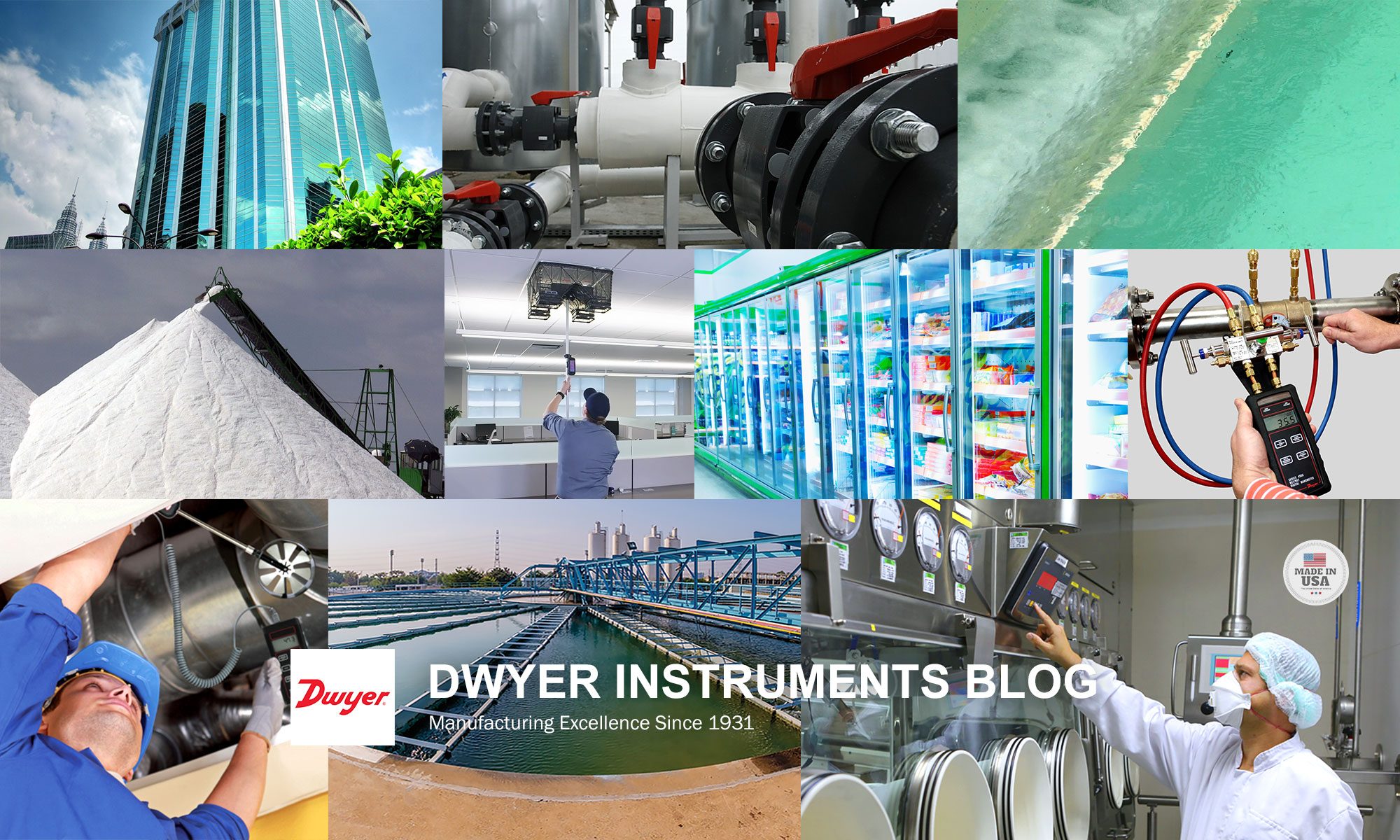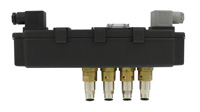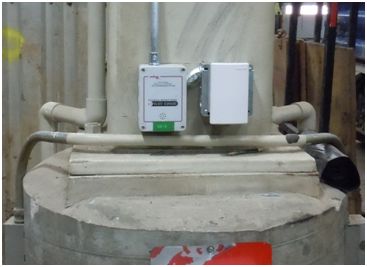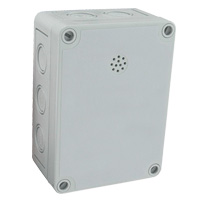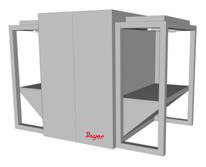 This week is Air Quality Awareness Week, which is promoted by AirNow to discuss the importance of healthy air for everyone. One vital part of air quality involves monitoring humidity and temperature, so using an accurate outside humidity and temperature sensor can have a significant impact.
This week is Air Quality Awareness Week, which is promoted by AirNow to discuss the importance of healthy air for everyone. One vital part of air quality involves monitoring humidity and temperature, so using an accurate outside humidity and temperature sensor can have a significant impact.
Most air handling units (AHUs) use what is called an economizer cycle. This is when outside air is mixed with the return air to cool the building dependent upon the outside temperature. However, if the air is too dry and requires humidification to accomplish this process, your cost savings may have been eliminated due to the AHUs humidity control, which provides excessive steam for this humidification procedure to take place. Consequentially, sometimes based on weather conditions, your economizer may just be costing you money instead of saving it. Continue reading “Outside Air Humidity”
